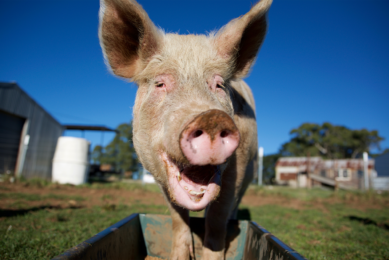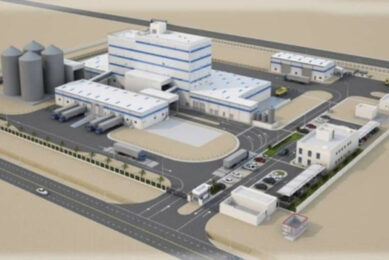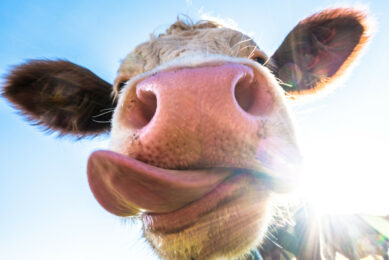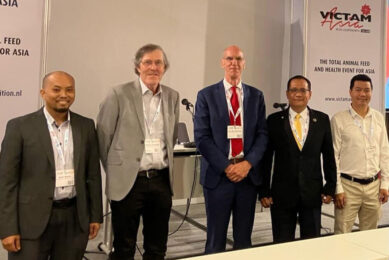Save energy by drying extruded products with 100% electric
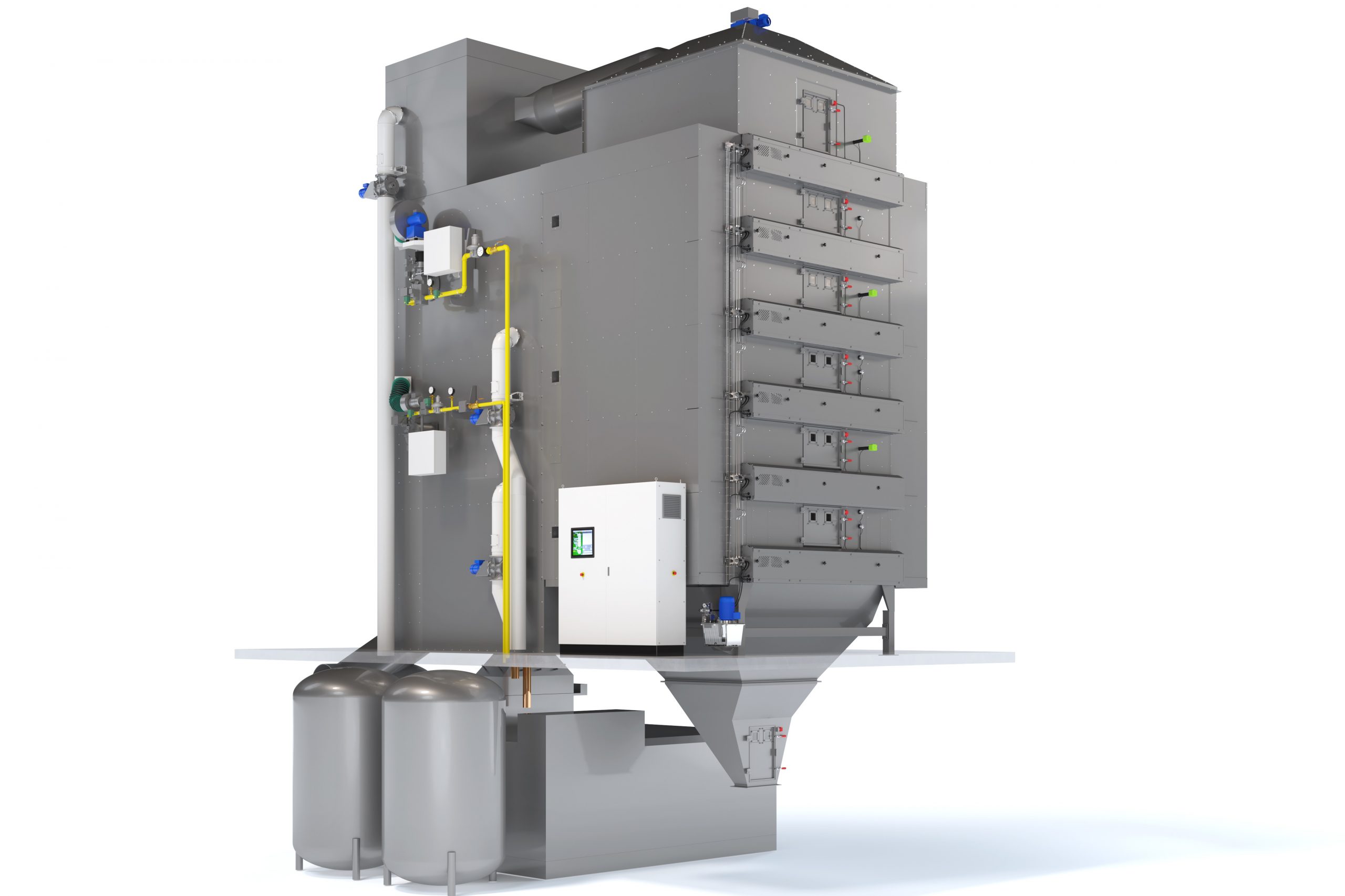
The drying of extruded products requires a lot of energy. But by making this process 100% electric, a lot of energy can be saved.
Electrification has been a buzz word for some time in many industries. In transport, the superior efficiency and lower operational costs of electrical drive-trains have already triggered a revolution. In home and office-construction, electrical heat pumps have proven that connections to the natural gas grid are no longer required. In industry, electrification with heat pumps is one of the solutions being developed along with bio-fuels and hydrogen, to replace fossil fuels and make progress towards reaching the goals of the Paris climate agreement.
Coefficient Of Performance
In homes and offices, heat pumps are known for ‘magically’ generating around 3 to 5 units of thermal energy for every unit of electrical energy consumed. In other words, their Coefficient Of Performance (COP) in that case is between 3 and 5. That sounds like a perpetual mobile, which it is not of course. All that heat-pumps do is transform low temperature heat into high temperature heat. They always consume not only electricity, but also a lot of low temperature heat from an external source. In buildings that external source can be outside air, or energy contained in ground water or the earth. Until recently, most heat pumps were only capable of boosting temperatures to no more than 80°C. The smaller the temperature difference is, the better the COP. In recent years a new generation of heat pumps has been developed which can achieve temperature boosts to as much as 125°C. This enables a quantum leap in the thermal efficiency of the drying process.
Feed processing by extrusion is energy demanding
This has potential for feed processing by extrusion where energy consuming machinery are used. The grinding, extrusion, drying, coating and cooling of one metric ton of extruded aquafeed or pet food requires between 250 and 380 kWh of thermal and electrical energy, depending on the product specs and process efficiency. Accounting for about 50% of that is the dryer. For a ten ton per hour extrusion line, companies typically spend between 200,000 and 300,000 dollars per year on gas. So where better to start to improve a plant’s energy efficiency, reduce its CO2 emissions and lower its operational costs?

6 major energy flows
As said earlier, the dryer takes up half the energy costs, so big wins can be made here. Looking at the energy balance of a typical drying process, there are basically 6 major energy flows:
- the energy contained in the incoming hot product,
- the outflowing warm product
- the incoming ambient air
- the outflowing exhaust air
- radiation
- the energy consumed by gas burners or steam heat exchangers
Radiation in a properly insulated dryer is negligible. The outflowing exhaust air therefore contains nearly all the energy that the gas burners or steam heaters have injected into the process plus the net energy contribution of the product. That energy has been used to evaporate water from the product and to warm up the exhaust air so it can contain as much water as possible without condensation. There is a big opportunity to improve the overall efficiency of the dryer if we can recover energy from the exhaust air and re-use it in the drying process.
Developing a 100% electric dryer
Feed equipment company Geelen Counterflow in the Netherlands further studied the principle of recovering energy from the exhaust air and re-using this for drying. The electric dryer developed was tested extensively in 2016 at 1:8 pilot scale, connected to an operational 11 mtph extrusion line in a super-premium pet food plant. The situation on site was monitored by Remote Diagnostics. Learnings from the data led to upscaling the electric dyer to a full scale unit. Most of 2017 was used for testing components at full scale and optimising cost, manufacturability and access for maintenance. During testing in 2016, a COP (Coefficient Of Performance) between 2.4 and 3.0 was seen, depending on the required drying air temperature for a given product. This resulted in a reduction of the net energy consumption of the dryer by around 65%. Conventional dryers on gas or steam will typically consume no more than 2,700 kJ per litre of evaporated water. The electric version will require less than 1,000 kJ. Since dryers on gas consume around 50% of the total extrusion line’s energy, a very big improvement in overall energy intensity per ton of product can be achieved. CO2 emissions per ton of product can be reduced by 99%, provided electricity is from certified renewable sources. Up to 65% of water is recovered. The above savings will translate into a significant reduction in the operational costs of drying. The exact number depends on the price of gas and electricity, but even in European countries with relatively low gas prices such as the Netherlands, the energy cost savings are higher than 25%.
Optional hybrid configuration
If you are considering expanding or upgrading aquafeed or pet food production capacity, it is worthwhile to analyse the developments in energy markets and energy- and carbon-tax policies. Bear in mind that your new dryer should run for 30 years, consuming more energy than any other equipment in your plant. Depending on where your plant is located, you may find that, in addition to the significant environmental benefits, the financial pay-back of this clean drying technology is shorter than you expect. The first full scale unit will be built at one of Geelen’s customers, who wants to keep all options open. This is why the company installs gas burners as well as heat pumps with heat exchangers. This provides an optional temperature ‘boost’ function for products that require higher drying air temperatures. It also provides redundancy of the heat source and a fall back scenario for when electricity costs go up or gas costs go down. The hybrid configuration opens up the opportunity to optimise drying costs as a function of energy prices; running the dryer on the heat pump if electricity prices are low during the night, or when there is ample low cost electricity on the grid from windmills or solar panels; and running the dryer on gas if electricity prices are high.




